The Tradition of Stewardship: One Man’s Lifelong Love for the Land, Water, and Future Generations
By Kenneth Salazar, former Chairman of the Santa Cruz Irrigation District Board and member of HECHO’s Hispanic Conservation Leadership Council from New Mexico.
My story begins in Alamosa, Colorado, where I was born. But my roots run deeper, all the way back to the Spanish colonial era, when acequias, or communal irrigation systems, were carved into the land by settlers who relied on shared stewardship of water and soil. My family’s connection to this land stretches back centuries, and I was raised with a respect for that legacy.
Every summer growing up, my parents sent us to my grandfather’s ranch in Manassa, in the San Luis Valley, where my mother was raised. That land, tucked into southern Colorado, was where, under my grandfather’s watch, I learned to herd sheep and cattle, tend crops, and, most importantly, understand the life-giving importance of water. It was my first real exposure to acequia culture and agricultural traditions, lessons that would shape my life’s work.
After college, I settled in Española, New Mexico, and agriculture always pulled at my heart. Today, 40 years later, I manage several acres of farmland just a mile from the Rio Grande, irrigating my fields with water from the Santa Cruz Dam and selling my produce back in southern Colorado.
My formal involvement in water management began in the late 1990s, sparked by a simple but serious issue: I wasn’t getting the water I needed. I spoke up, and that single act of advocacy turned into a 23-year career as chairman of the board of the Santa Cruz Irrigation District. Over the years, I oversaw water distribution across 26 acequias, each with scheduled days to receive water released from the dam. Every drop count, and equity in water distribution is essential.
I’ve since served on the East Rio Arriba Soil and Water Conservation District and the New Mexico Soil and Water Conservation District Association as its president. Through these roles, I’ve seen firsthand how deeply our communities value water, and how hard they work to protect it. Water conservation is easier if all water is adjudicated Statewide. Knowing who owns what can establish easier methods for water conservation
The history of water conservation and distribution in this region spans centuries, remaining firmly embedded in the culture of Northern New Mexico and Southern Colorado.
Long before Spanish settlers arrived over 400 years ago, Native American communities were already diverting rivers to nourish their crops. The Spaniards formalized those systems into acequias, community-managed lifelines that persist to this day. Each acequia has a mayordomo, or steward, who oversees water allocation and maintenance. It’s a system rooted in fairness, community, and sustainability.
When acequias became political subdivisions of the state, I became more involved in water rights adjudications, especially ensuring that Pueblo and Tribal communities had their water rights protected. These legal efforts make possible conservation agreements and infrastructure improvements. To me, water is more than a right, it is a sacred resource that belongs to everyone.
Now retired, I spend as much time as I can in the outdoors. I first learned to fish on my grandfather’s ranch, where the Conejo River flows steadily and quietly. He taught me how to bait a hook, cast a line, and wait patiently.
About 15 years ago, my grandson convinced me to try fly fishing. Now, we cast lines together in the Rio Grande, sharing quiet mornings and good stories. We also hunt. He with a bow, me with a rifle. These are more than hobbies; they’re connections to the land and each other.
But with these traditions comes responsibility.
One of my biggest concerns today is how outdoor recreation, especially RV use, impacts our waters. Too often, waste is disposed of improperly, polluting the very streams and rivers that sustain our communities and ecosystems. We must do better, not just for ourselves, but for those who come after us.
When I first arrived in the Espanola Valley in the late 1950s, the land was lush and vibrant, with thriving agriculture and livestock. Today, many orchards have disappeared. The land is drying. Aquifers are in decline. And younger generations, disconnected from agriculture, aren’t always carrying these traditions forward.
Still, I see hope.
Programs like the Youth Conservation Corps are inspiring a new wave of stewards. My grandson is one of them. Through farming, fishing, and fieldwork, kids are learning what it means to care for the land, not just use it. And that gives me faith.
Conservation is not just about saving water or growing crops; it is about growing stewards, honoring our ancestors and protecting what they passed down to us. We owe them that much.






